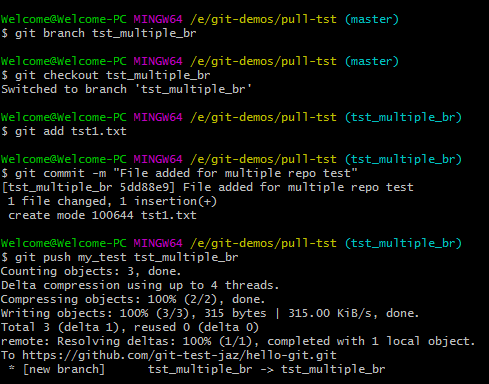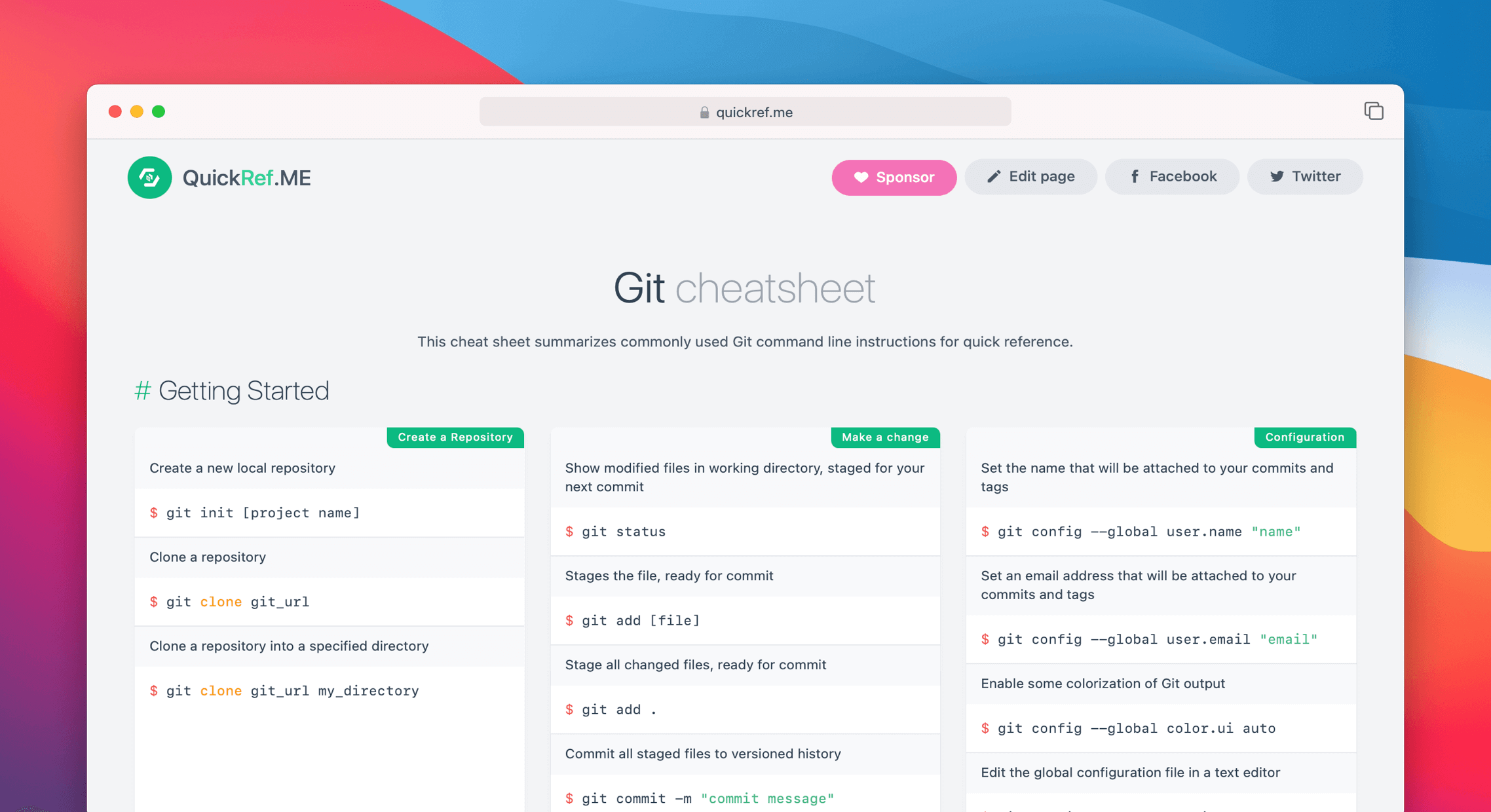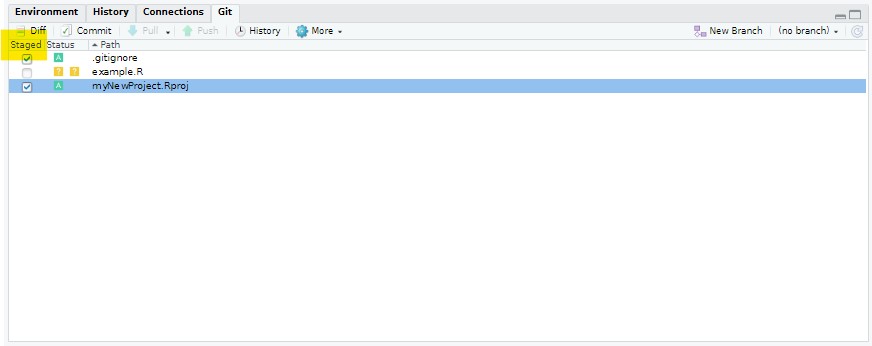

- Git add new files how to#
- Git add new files full#
- Git add new files code#
- Git add new files free#
- Git add new files windows#
Git add new files how to#
The following flowchart reflects how to do this:Īfter you change a file you retrieved from a Git repository, the repository itself will not change unless you go through these steps. However, in order for your Git repository to reflect the changes, you need to commit those changes to the repository. When you save a file in a project you are working on, the changes will be saved on your computer. Git, on the other hand, uses a different approach to saving changes. For instance, when you save a Word document, your computer will store the new version of the document. When you save a file on your computer, the computer stores the changes on your local machine. By the end of reading this tutorial, you’ll be an expert at using the git add command. This tutorial will discuss, with examples, how to use the git add command to select the files you want to commit to a repository. , and you consent to receive offers and opportunities from Career Karma by telephone, text message, and email. Get Your Coding Bootcamp Sponsored by Your EmployerĬareer Karma matches you with top tech bootcampsĪccess exclusive scholarships and prep courses.Education Stipends for Coding Bootcamps.Best Coding Bootcamp Scholarships and Grants.Ultimate Guide to Coding Bootcamp Loans.
Git add new files free#
Git add new files full#
We offer a full suite of coding courses for students of all levels. NOTE: If the list is long, use the Down/Up Arrow keys to scroll and hit Q to quit.

Git add new files code#
When they read the commit messages they will do know what your code will do. You'll request that they pull your changes into the codebase. One reason for this is when you work with other people, your code may not be automatically approved.

Use language like "Make headings blue", as if you are giving orders to the codebase. TIP: For commit messages do you not use past tense, such as "I made headings blue". Git commit -m "Message that describes what this change does"
Git add new files windows#
In your terminal (Terminal, Git Bash, or Windows Command Prompt), navigate to the folder that is your Git repo.ģ. Let's first check the status of our Git repo.ġ. Even the deletion of a file must be tracked in Git's history, so deleted files must also be staged and then committed. We add files to a staging area, and then we commit what has been staged. You don't want to be forced to commit both files, just the one that's ready. Why must we do this? Why can't we just commit something directly? Let's say you're working on two files, but only one of them is ready to commit. This is called staging and uses the add command. Stagingīefore we make a commit, we must tell Git what files we want to commit (new untracked files, modified files, or deleted files). So how do we tell Git to record our changes? Each recorded change to a file (or set of files) is called a commit. Think of Git as keeping a list of changes to files.


 0 kommentar(er)
0 kommentar(er)
